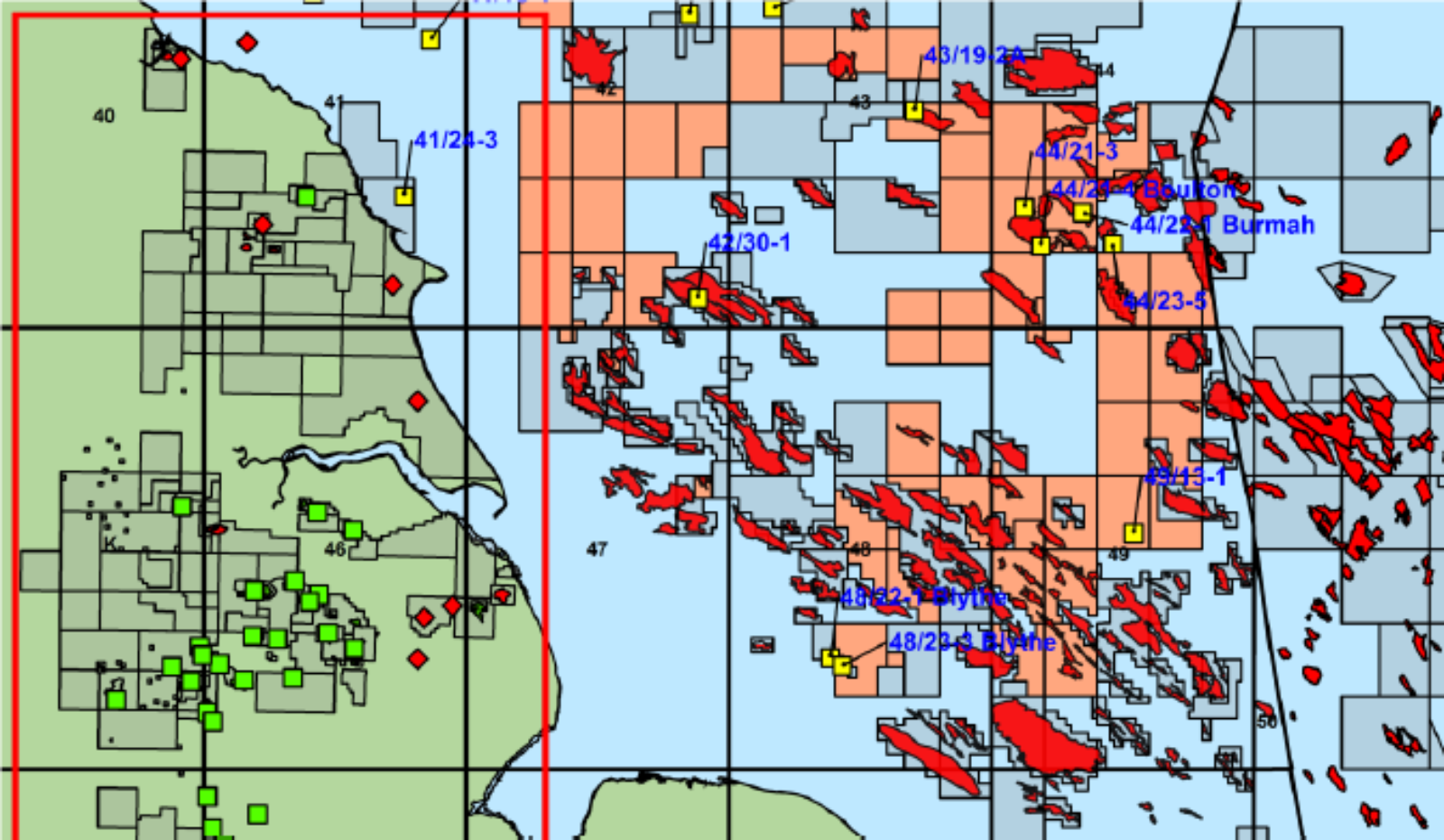APT kicks off UKCS petroleum system study

19 January 2021 – Applied Petroleum Technology (APT) is set to kick-off a new geochemical study to identify the oil presence potential of the Carboniferous and Permian petroleum systems of the Mid North Sea High and the Southern North Sea.
“There is currently a great deal of interest about the potential prospectivity of Permian and older Carboniferous source rocks in the Southern North Sea and across the Mid North Sea High area. This has largely been driven by recognition of plays involving Zechstein reef reservoir facies across the proposed study area, which has been historically viewed as a gas province.
“The number of observations, both old and new, indicating the presence of oil across the AOI is now rather significant, from oil at the Blythe and Hewitt fields, an oil-stained core at the Gimingham-1 well to seeps at the Boulby mine and the reportedresults at the Ossian-Darach well which are intriguing. Are all these liquids genetically related and what do they mean for exploration risking?” asks Dr Julian Moore, Managing Director of APT UK.
The study area will focus on the Mid North Sea High and Southern North Sea, where a swath of oil shows has been identified in the Zechstein sections that have been penetrated. However, to provide context and for comparison purposes, APT will also consider samples from a wider geography to include the onshore UK, offshore Denmark and offshore of the Netherlands . APT currently hold a large onshore database of source rocks, oil stains, flowed oils and gases that will be augmented with additional selected key samples from wells and outcrops.
A high-quality geochemical database will be generated, providing a ground-truthing and genetic assessment of the shows identified, evaluating possible source rocks within both the Permian and Carboniferous stratigraphy and providing maturity calibration data.
Newly generated data will be consolidated with existing datasets from APT’s extensive experience analysing a wide range of proven and potential source rocks in the Carboniferous and Permian.
“Our aim is that the resulting database of characteristics, together with the interpretations we build, will help explorers and petroleum systems modellers to better frame and quantify the petroleum systems risk in assessing a liquids play(s) and to provide input to the basins models used to predict the type and phase of the hydrocarbons they might expect to find,” adds Dr Julian Moore.
For further information about the UKCS Carboniferous and Permian petroleum systems study, please contact julian.moore@apt-int.com or helen.kerr@apt-int.com.